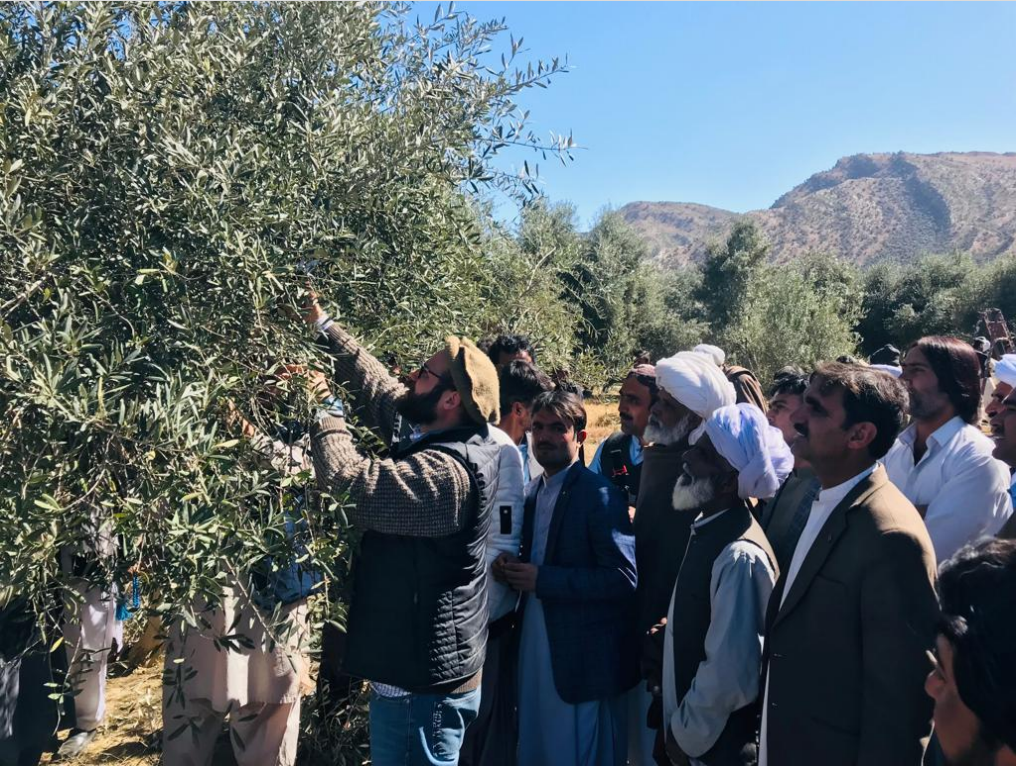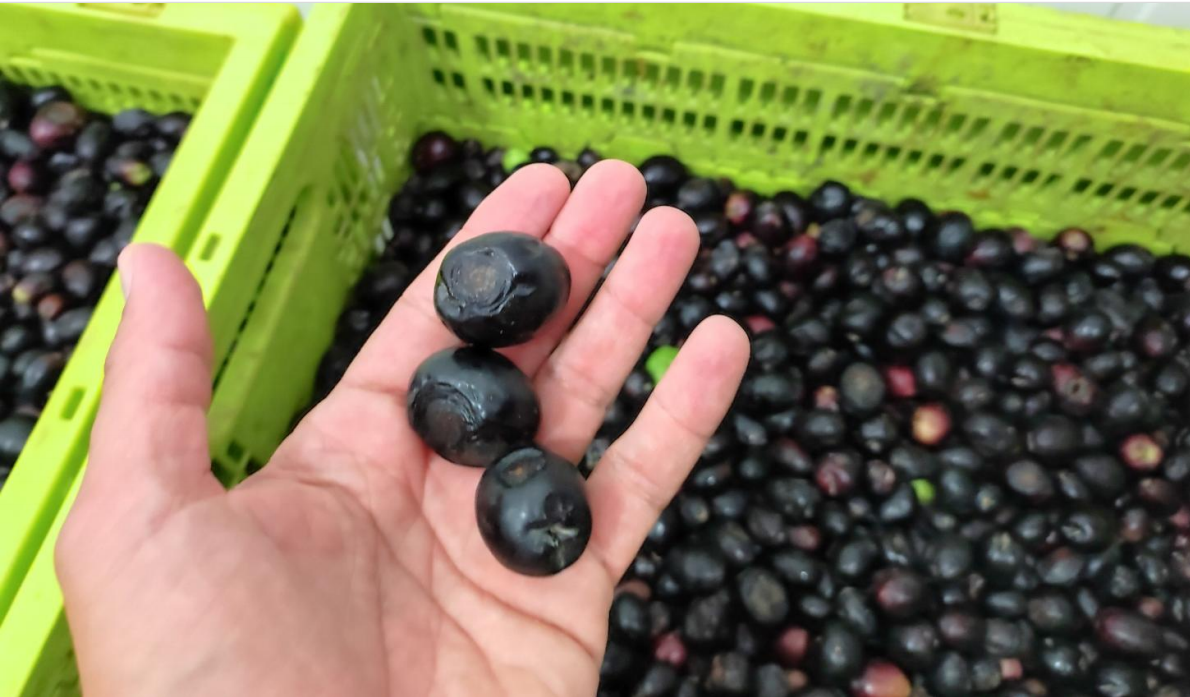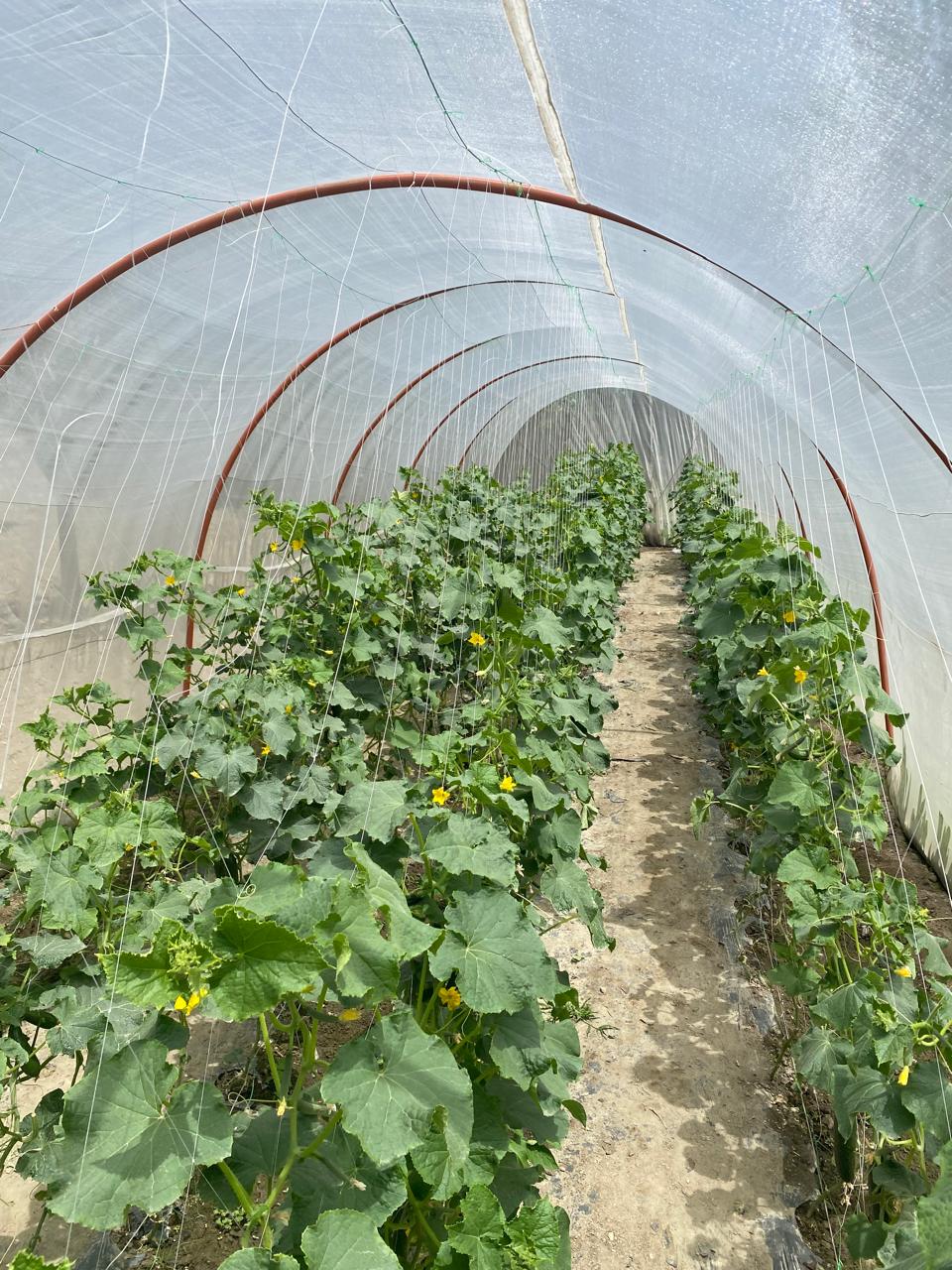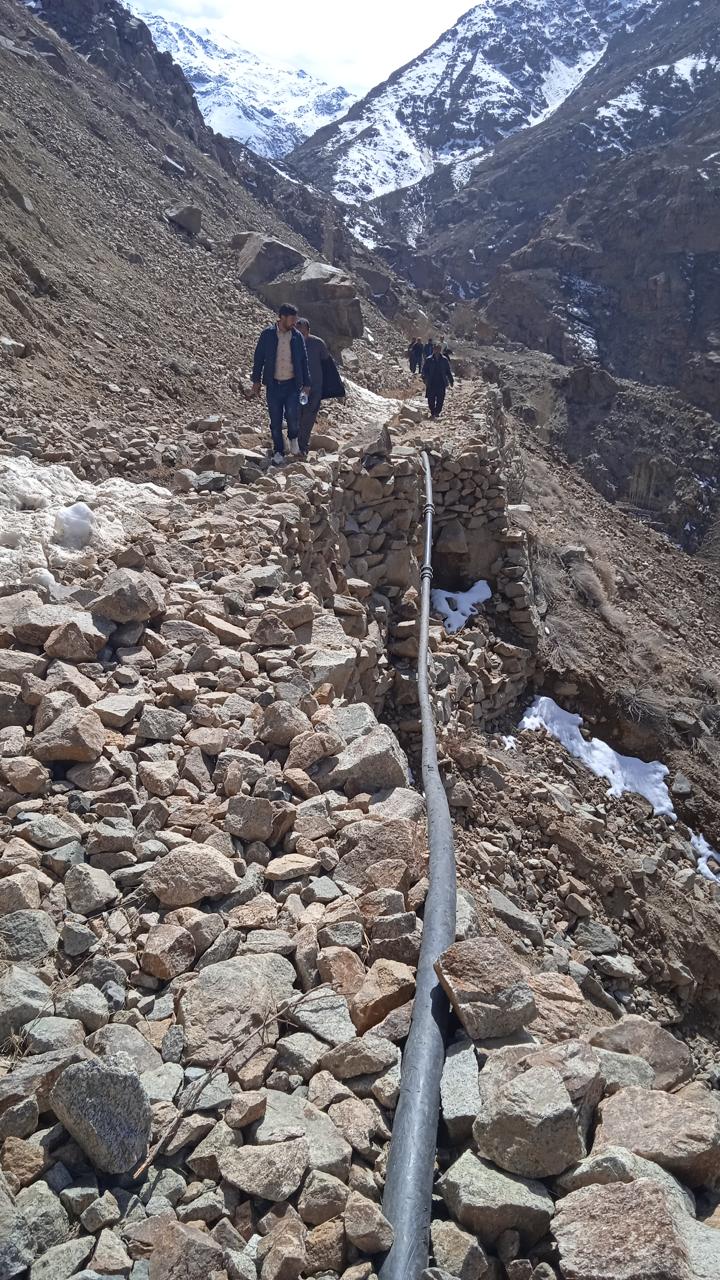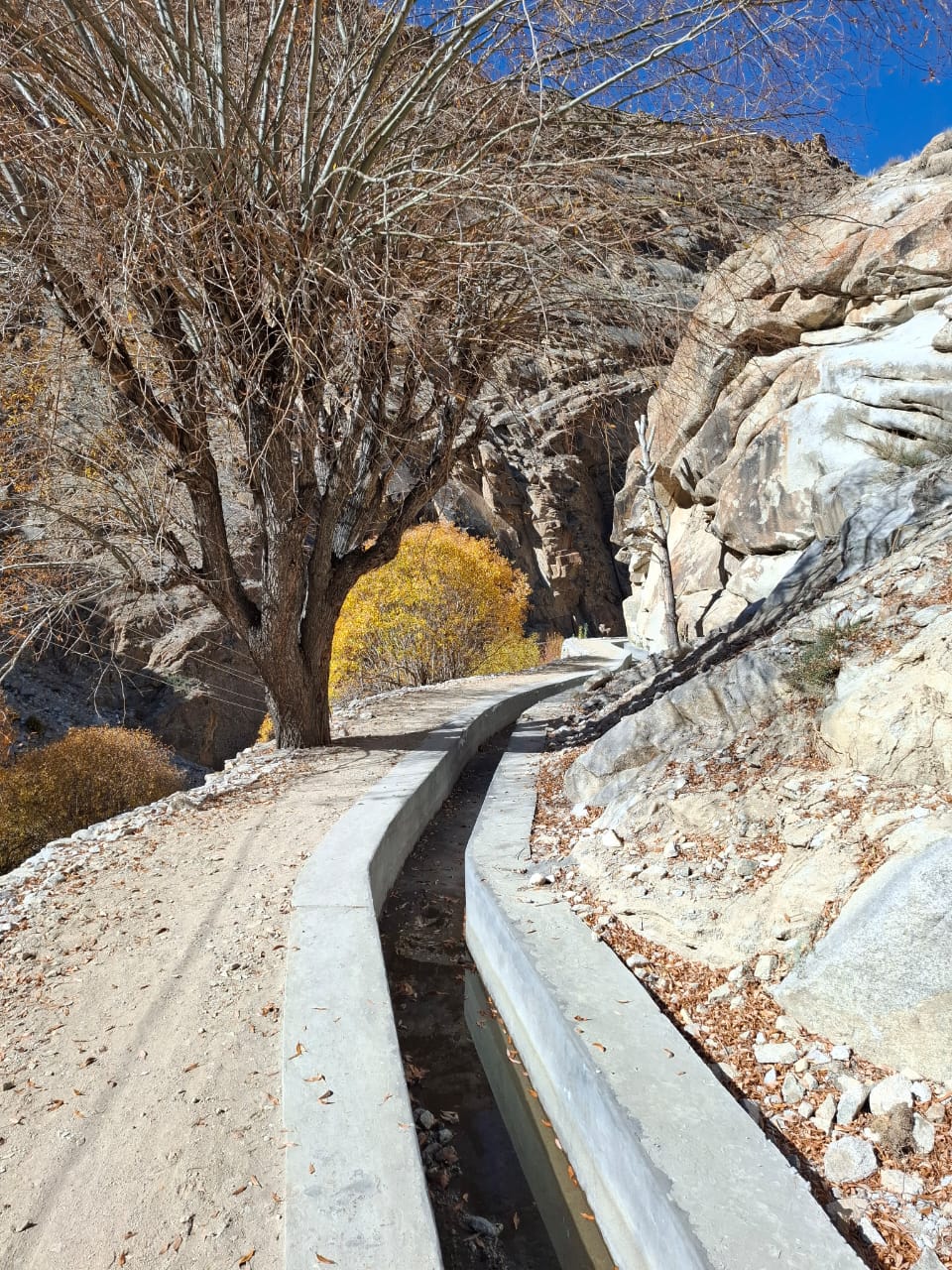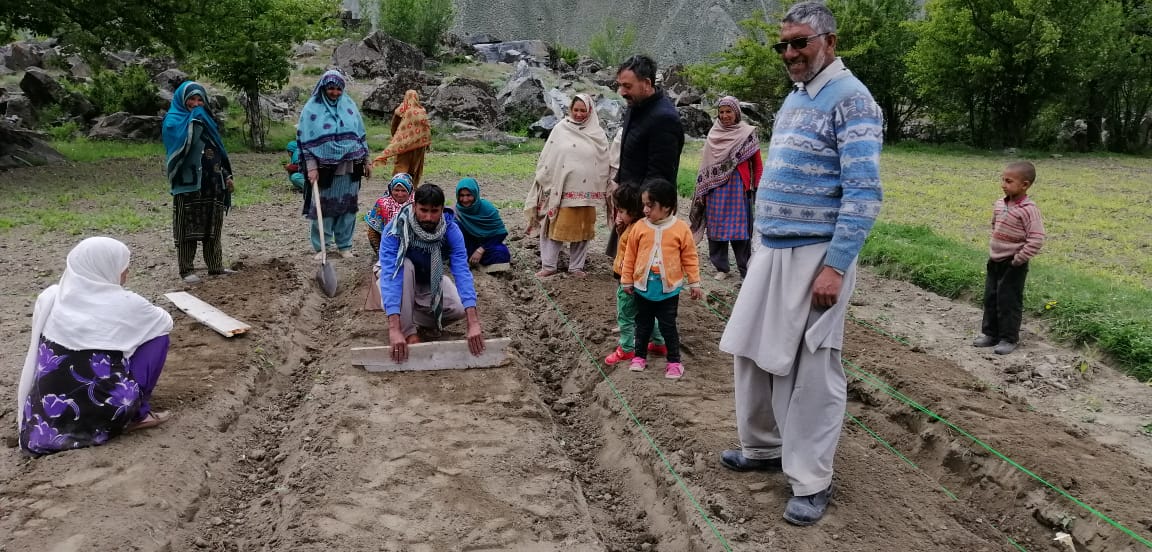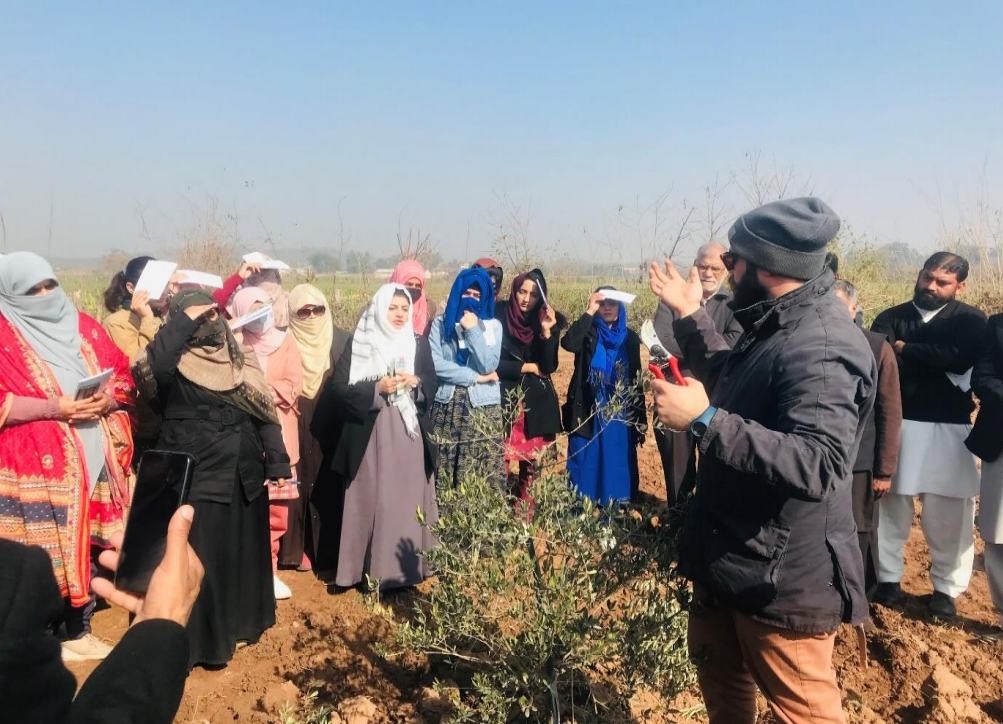SECTORAL CONTEXT
Rural development in Pakistan plays a crucial role in the country’s overall economic growth and sustainable development.
Pakistan is home to one of the world’s largest irrigation systems, the Indus Basin Irrigation System, which is vital for the agricultural sector. Fed by the multiple rivers, it distributes water through an extensive network of dams, canals, and barrages, enabling the cultivation of millions of hectares. However, increasing water demand—driven by industrial and domestic consumption—and aging infrastructure pose significant challenges to its sustainability and efficiency.
Agriculture remains a cornerstone of Pakistan’s economy and employment, primarily relying on monoculture crops such as cotton, sugarcane, rice, maize, and wheat. Over the past year, production in these sectors has increased by over 16%, compared to an overall crop growth rate of 11%.
Among alternative crops, olive cultivation has gained significant interest, both as a means to diversify oil consumption away from seed-based oils and to develop high-value-added products, reducing dependency on edible oil imports. The area under olive cultivation is expanding steadily, supported by grafting wild olive trees and advancements in nursery production.
In 2022, Pakistan’s olive oil production was estimated at 110 tons, while imports reached 2,400 tons, indicating strong domestic demand. However, only 15% of the total cultivated olive area is currently productive, mainly due to the young age of the trees, which have yet to reach
full production capacity.
Despite these developments, gaps persist along the value chain, particularly in cultivation practices, processing, marketing, and commercialization.
Additionally, the livestock sector is a key pillar of Pakistan’s rural economy, providing employment for over 30 million people. The country has 57.5 million large ruminants, including 46.3 million buffaloes. Dairy animals produce 54.4 million tons of milk annually, with buffaloes contributing 62% of the total output.
Punjab, the heart of Pakistan’s dairy sector, accounts for 58% of national milk production (Punjab Board of Investment and Trade, 2024). Despite being among the top five global milk producers, the sector faces structural challenges: only 5-7% of milk is processed by the formal
industry, while the rest is sold as raw milk. The lack of adequate storage and cold chain infrastructure leads to a 15% production loss, limiting milk availability even among higher-income households.
In both agriculture and livestock farming, access to rural credit remains a major barrier to sectoral development. To address this challenge, the State Bank of Pakistan has increased agricultural funding by 25% compared to the previous year, allocating PKR 2,216 billion (approximately €7.56 billion). At the provincial level, targeted programs have been introduced to facilitate credit access for small and medium-scale producers, including zero-interest loans, with a particular focus on the dairy sector.
NEED ASSESSMENT
The sector analysis highlights, beyond the need for improved credit access, the urgency of enhancing water management through more efficient irrigation techniques, sustainable use of groundwater resources, and the implementation of irrigation governance reforms.
Innovating the agricultural sector to make it more efficient and diversified is crucial to ensuring a stable food supply, supporting industry, meeting domestic demand, and expanding exports. At the same time, support measures are needed to protect the most vulnerable segments of the population.
Promotion of Climate-Smart Agriculture (CSA) practices is essential to improving production quality, increasing resilience, and reducing greenhouse gas emissions.
However, sectoral development is hindered by outdated practices, inadequate infrastructure, and limited market access. Overcoming these challenges will require strengthening support for local institutions, fostering private sector engagement across value chains, and enhancing
APPROACH
AICS activities in Pakistan in the field of rural development and food security aim to strengthen the resilience of rural communities and the most vulnerable groups. The approach focuses on enhancing value chains and improving both the quality and quantity of production through interventions in training, research, certification, awareness-raising, promotion, and marketing of both staple and high-value-added products.
In the provinces of Khyber Pakhtunkhwa, Balochistan, and Punjab, where environmental conditions are most favorable, efforts are directed towards strengthening the olive value chain. This includes a focus on production quality and sustainability through improved technical and
managerial skills and more efficient resource use.
High-quality raw materials serve as the foundation for better market access, supported by effective marketing strategies.
In Gilgit-Baltistan, initiatives aim to improve incomes and reduce poverty and malnutrition in rural areas through economic transformation programmes. Particular emphasis is placed on developing sustainable agricultural practices and enhancing rural road networks and small-scale irrigation systems to promote inclusive growth.
Strengthening professional capacities in the agricultural sector is a key element for sustainable development. Through targeted education and technical training programmes, efforts focus on improving agricultural and environmental skills, aligning them with the country’s growth strategies.
